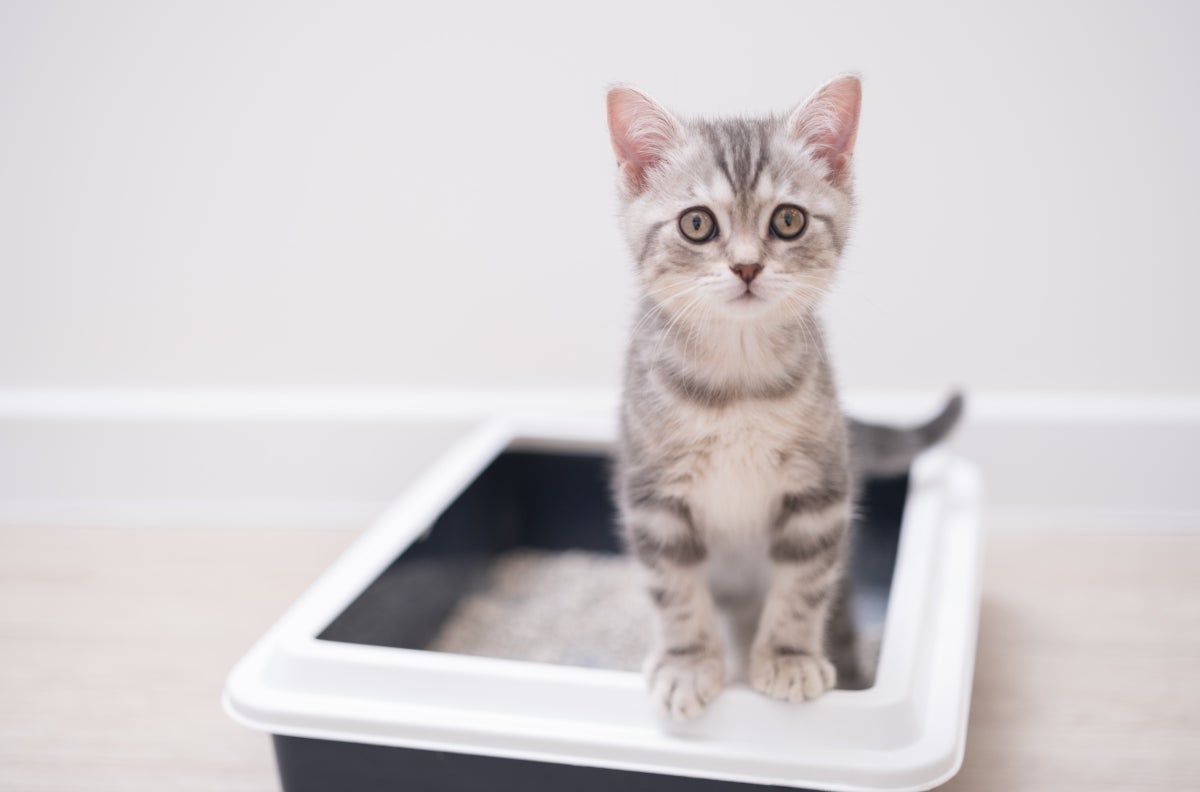
"A team of researchers at Nestle Purina PetCare decided to investigate litter boxes as records of behavior: the pre-squat scratch, the whirl, the precise geometry of the bury. The scientists built a painstaking dictionary of these gesturesa full ethogram, or catalog, of species-specific behaviorsand then identified the distinct moves in feline bathroom habits: grooming, digging, sniffing litter. We landed on 39 different behaviors that cats do in a litter box,"
"We realized this ethogram could be a window into their health. Cats commonly suffer from diabetes, obesity, kidney disease, hyperthyroidism, urinary tract infections and many more conditions. The researchers hoped to predict and stave off these ailments by training an artificial intelligence system on everything a cat can do in a litter box. They believed that AI could warn cat owners of feline health concerns long before the catsever stoic and aloofshowed signs."
Researchers at Nestle Purina PetCare built a detailed ethogram cataloging 39 distinct litter-box behaviors, including grooming, digging and sniffing. The project began in 2018 and collected data from 191 cats: 140 at a company research center in Missouri and 51 in private homes. Scales with sensors at each corner of litter boxes detected tiny weight and movement changes. An artificial intelligence system was trained on the full behavioral repertoire to identify deviations linked to disease. The approach targets early detection of conditions such as diabetes, obesity, kidney disease, hyperthyroidism and urinary tract infections to alert owners before overt clinical signs.
Read at www.scientificamerican.com
Unable to calculate read time
Collection
[
|
...
]